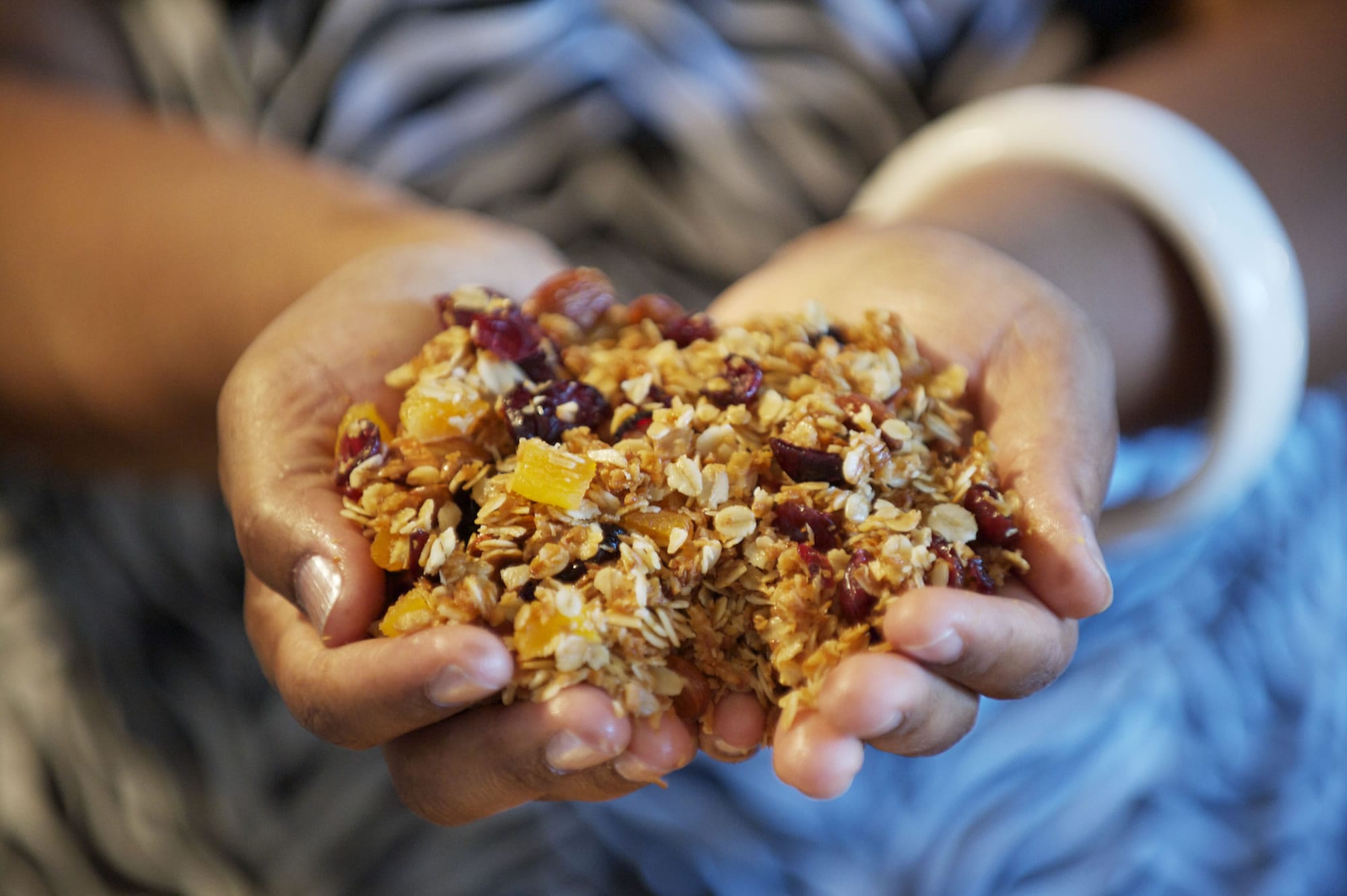Cookbook author aims to educate college students
If parents followed the advice of TV advertisements, they’d be serving their kids after-school snacks of Doritos, Oreos and pizza rolls.
Dietitians, however, have a different idea of what after-school snacking should look like: trail mix, veggies with low-fat dip and apples with peanut butter.
Here are some healthy after-school snacks suggested by dietitians:
o Grapes and a cheese stick.
o Low-fat yogurt topped with low-sugar cereal.
o Cut-up vegetables and low-fat dip.
o Peanut butter and graham crackers or apple slices.
o Low-fat cottage cheese and fruit.
o Low-fat Greek yogurt with berries.
o Air-popped popcorn.
o Whole grain toast with nut butter (almond, peanut or sunflower seed).
o Quesadilla with whole-wheat tortilla.
o Boiled egg with vegetables.
o Homemade trail mix (Cheerios, raisins and nuts).
“The best snacks are ones that provide a variety of nutrients, vitamins, minerals and fiber,” said Chris Collins, a registered dietitian at PeaceHealth Southwest Medical Center.




